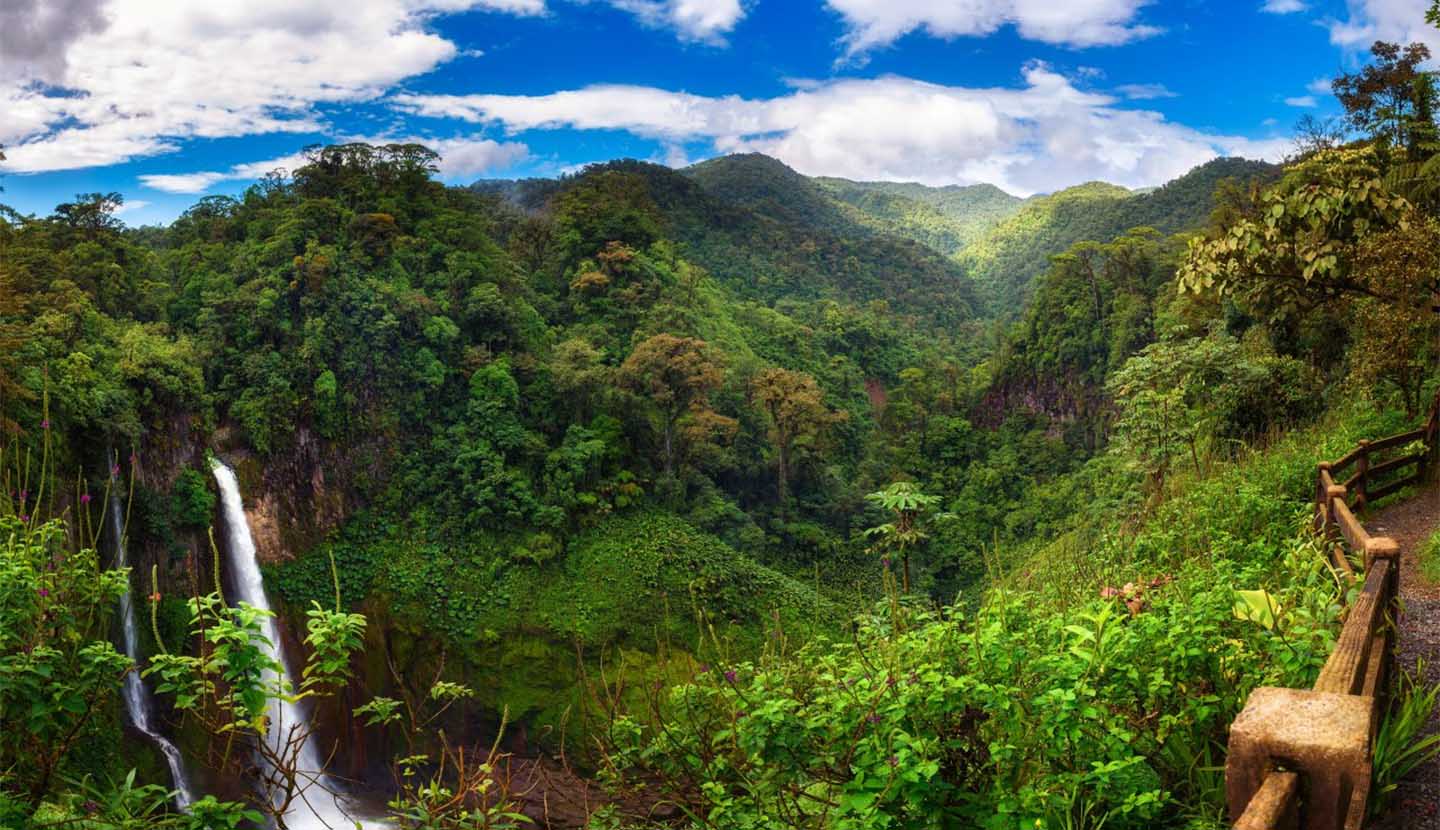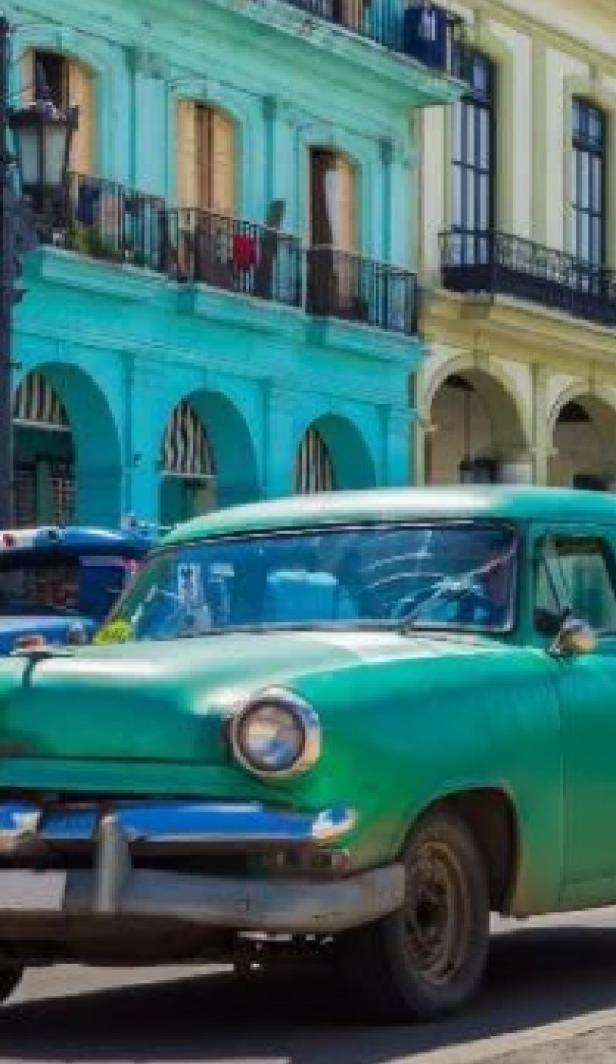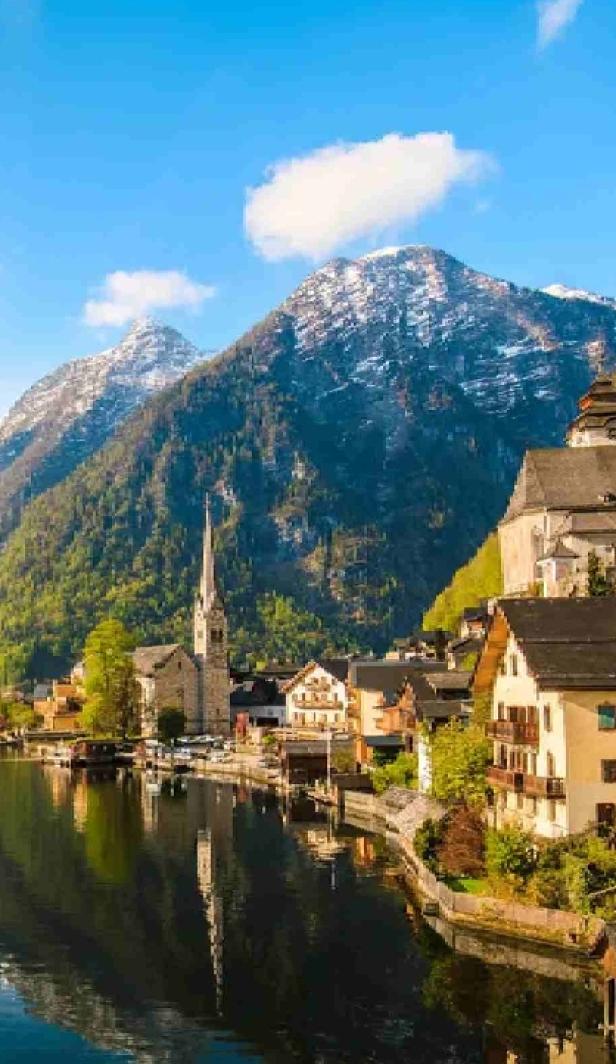History of Costa Rican coffee
Coffee has a long history in Costa Rica and it’s been said that Arabica coffee got its name as it was first imported to Europe through Arabia via Costa Rica. From here, the country became the first in central America to establish coffee as a proper industry which was largely due to government intervention.
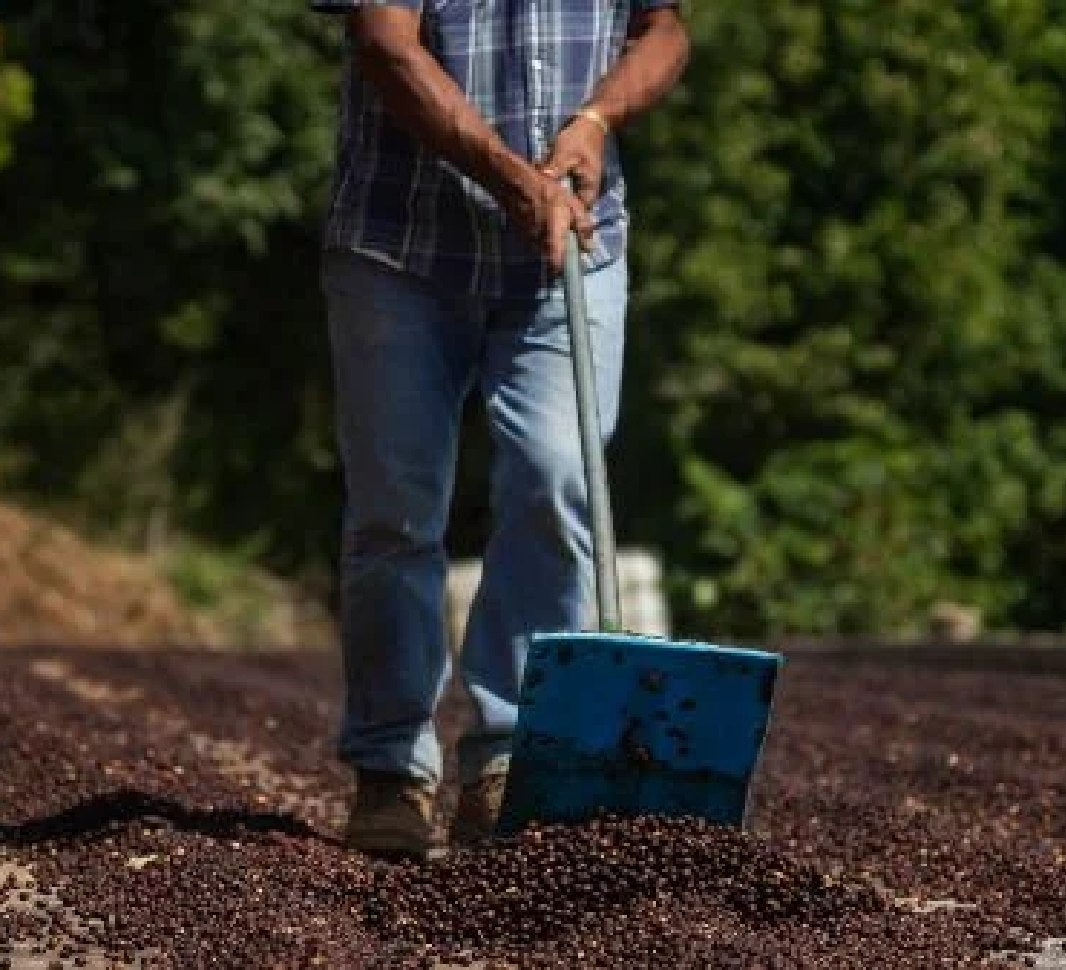
Early 1800s: coffee comes to Costa Rica
In the early 18th century, Arabica beans first came to Costa Rica from Ethiopia to be grown, as the soil and climate was perfect for developing coffee plantations. The government offered farmers plots of land to anyone who had an interest in growing coffee and by 1829, coffee drew in more revenue than cacao, tobacco and sugar and became a major commodity in the country.
1843 – 1980: British investment and modernisation
1843 saw the fate of coffee in the country change forever when British Captain William le Lacheur Lyon sent a coffee shipment to the UK which led to a wave of British investment. After this point coffee was seen as ‘high society’ and being in the industry earned you a spot amongst the elite. This positive turn for Costa Rican coffee largely helped to modernise the country and the money that the industry generated helped to build railroads which eventually linked them to the Atlantic Coast in 1980. The revenue generated also led to the construction of theatres and helped to send individuals to study abroad in Europe.
1983 – 1989: downfall and the Central American coffee retention plan
However, it hasn’t all been sunshine and roses with the Costa Rican coffee industry. The price fluctuations of the global coffee market have had a large impact on the economy and in 1983, a blight led to the price of coffee plummeting by a whopping 40%. This led to Costa Rica joining forces with Honduras, Guatemala, Nicaragua and El Salvador in 1989 and establishing a central American coffee retention plan to moderate the production of coffee and help to ensure the stability of the market.
Today: gentrification and city expansions
In recent years, Costa Rica has continued to see some struggle relating to gentrification and cities expanding into the countryside. This has led to poorer coffee plantation owners facing no choice but to sell their land.
Costa Rica coffee growing
Coffee grown in Costa Rica is planted at high altitudes, typically 1,200 – 1,800 meters above sea level. Only Arabica coffee beans are grown in the country and it’s actually illegal to produce any other type. This law was passed in 1989 in order to prohibit the growth of low-quality beans to ensure Costa Rica farmers only focus on producing the best beans possible.
Luckily, the climate in Costa Rica is perfect for growing Arabica due to its mountainous regions and warm temperatures that range between 17 to 28 degrees Celsius. On top of this, the soil is enriched with volcanic ash which oxygenates the beans and produces richer flavours. When it comes to the harvest period, each bean is carefully handpicked, with only the ripest beans being chosen once they’re fully matured.
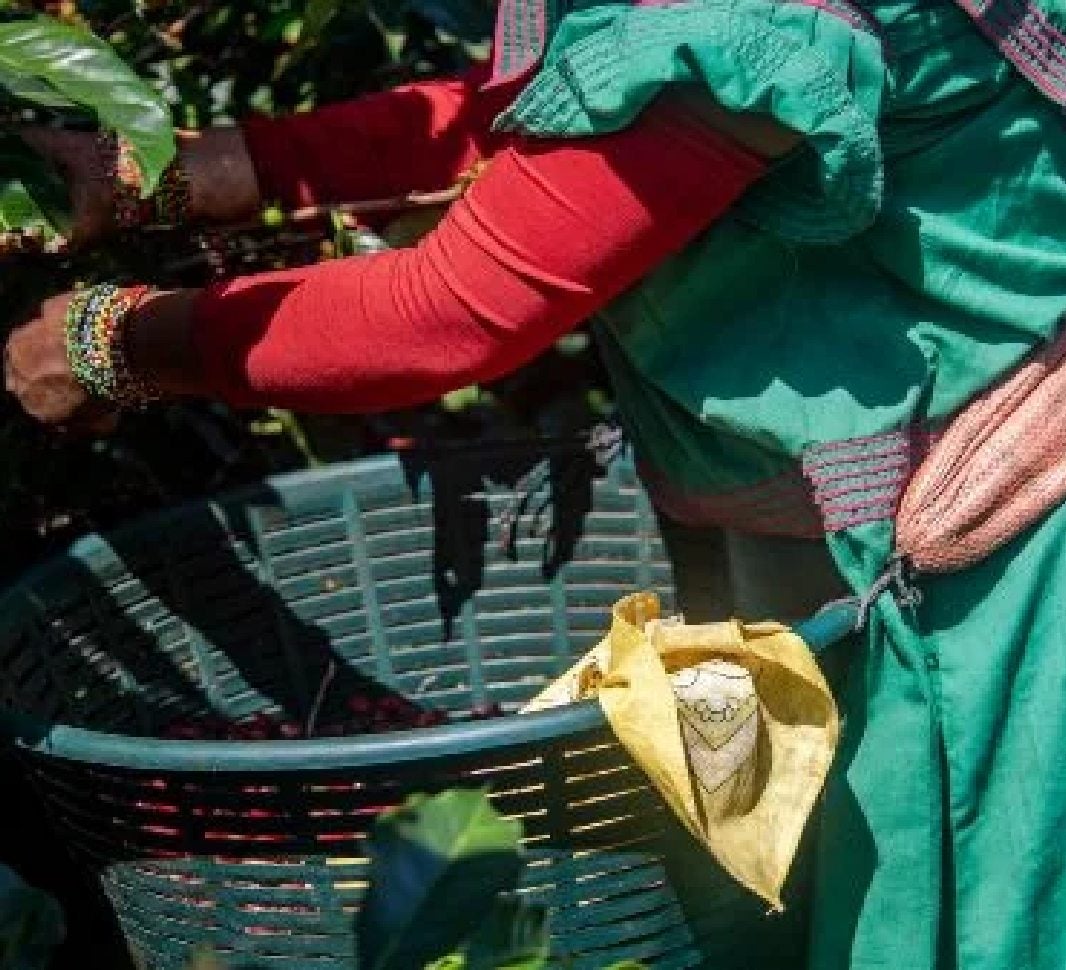
8 key coffee growing regions
There are eight key growing regions in Costa Rica, each with its own unique microclimate. Tarrazú and Tre Rios are amongst the most well-regarded, typically producing coffee with a high acidity, distinct aroma and body.
The eight coffee growing regions in Costa Rica are:
- • Valle Occidental
- • Tres Rios
- • Turrialba
- • Brunca
- • Orosi
- • Tarrazú
- • Valle Central
- • Guanacaste
Costa Rican coffee flavour
The flavour of Costa Rican coffee is said to have a very pleasant acidity with a brown-sugary sweetness, combined with citrus notes and fruity flavours reminiscent of apricot. Interestingly, the flavour is largely impacted by the altitude too with the higher grown varieties generally thought of as better quality.
That’s our guide to Costa Rican coffee. Want to continue your trip around the coffee hotspots of the world? Read our article on Indonesian coffee next.
Today’s community favourites


